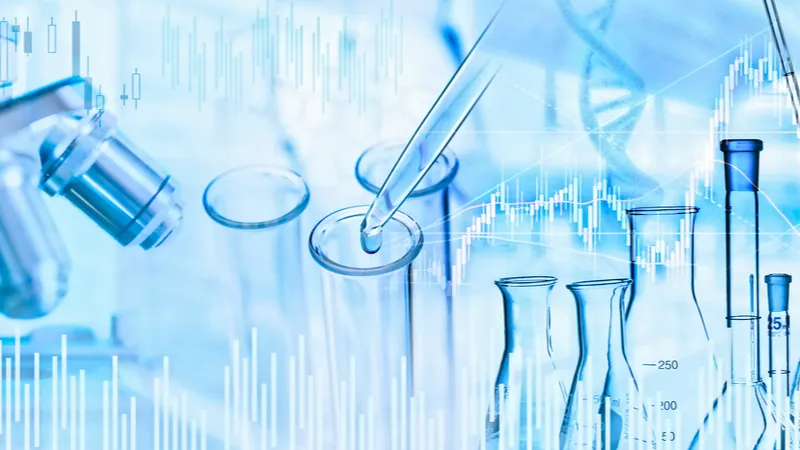Drs. Irina and Michael Conboy are two of the leading experts working on stem cells and how they are affected by the altered signaling environment caused by aging. Their work began as they were trying to figure out what makes muscle stem cells create new healthy tissues and why they lose that ability to regenerate as we age [1].
They discovered that old stem cells could be rejuvenated and would behave like younger cells if they received the right signaling. Their early parabiosis experiments, which consisted in hooking up the circulatory systems of aged and young mice, demonstrated that aging can be manipulated; rather than being a one-way process, it can be reversed in the case of stem cells [2].
In 2015, they published an important study showing that high levels of the protein TGF-ß1 impaired the ability of stem cells to repair tissues [3]. They demonstrated that young mice given high levels of TGF-ß1 became older and that when TGF-ß1 levels were reduced in aged animals, the animals became functionally younger. Improved muscle regeneration and neurogenesis were observed as a result of adjusting levels of TGF-ß1 in old mice to levels found in younger mice.
They also demonstrated that while giving old animals young blood did appear to have some benefit to old stem cells, the real culprit for the loss of tissue repair during aging was the negative influence of circulating age-accumulated inhibitory proteins, including TGF-ß1, on tissues and the stem cell niche [4].
The focus of their work is now to create a way to filter aged blood using a technique based on apheresis. The filter system would periodically calibrate the blood levels of inhibitory proteins such as TGF-ß1, preventing them from reaching the point where they stop tissue repair. The idea is that, in doing so, an older person could enjoy tissue repair more like that of a younger person, thereby improving health.
Two papers published in 2020 showed that plasma dilution and replacement with albumin showed rejuvenation of three germ layer tissues, and improvement in cognition and neuroinflammation in old mice.
In order to move towards clinical trials, they are collaborating with Dr. Dobri Kiprov, who is a practicing blood apheresis physician with 35 years of experience, and he is interested in repositioning this treatment for alleviating age-related illnesses. They have also started a company, IMYu, to bring their research to market.
References
[1] Conboy, I. M., Conboy, M. J., Smythe, G. M., & Rando, T. A. (2003). Notch-mediated restoration of regenerative potential to aged muscle. Science, 302(5650), 1575-1577.
[2] Conboy, I. M., Conboy, M. J., Wagers, A. J., Girma, E. R., Weissman, I. L., & Rando, T. A. (2005). Rejuvenation of aged progenitor cells by exposure to a young systemic environment. Nature, 433(7027), 760-764.
[3] Yousef, H., Conboy, M. J., Morgenthaler, A., Schlesinger, C., Bugaj, L., Paliwal, P., … & Schaffer, D. (2015). Systemic attenuation of the TGF-ß pathway by a single drug simultaneously rejuvenates hippocampal neurogenesis and myogenesis in the same old mammal. Oncotarget, 6(14), 11959.
[4] Rebo, J., Mehdipour, M., Gathwala, R., Causey, K., Liu, Y., Conboy, M. J., & Conboy, I. M. (2016). A single heterochronic blood exchange reveals rapid inhibition of multiple tissues by old blood. Nature communications, 7.


